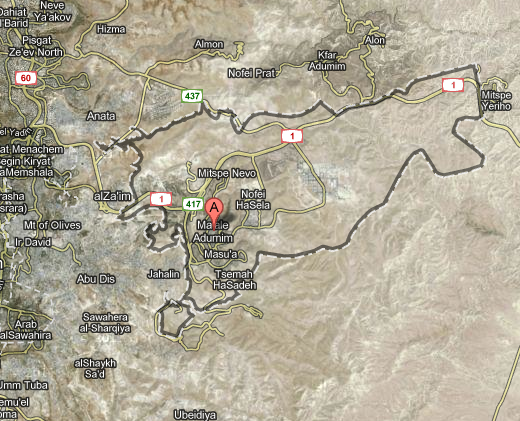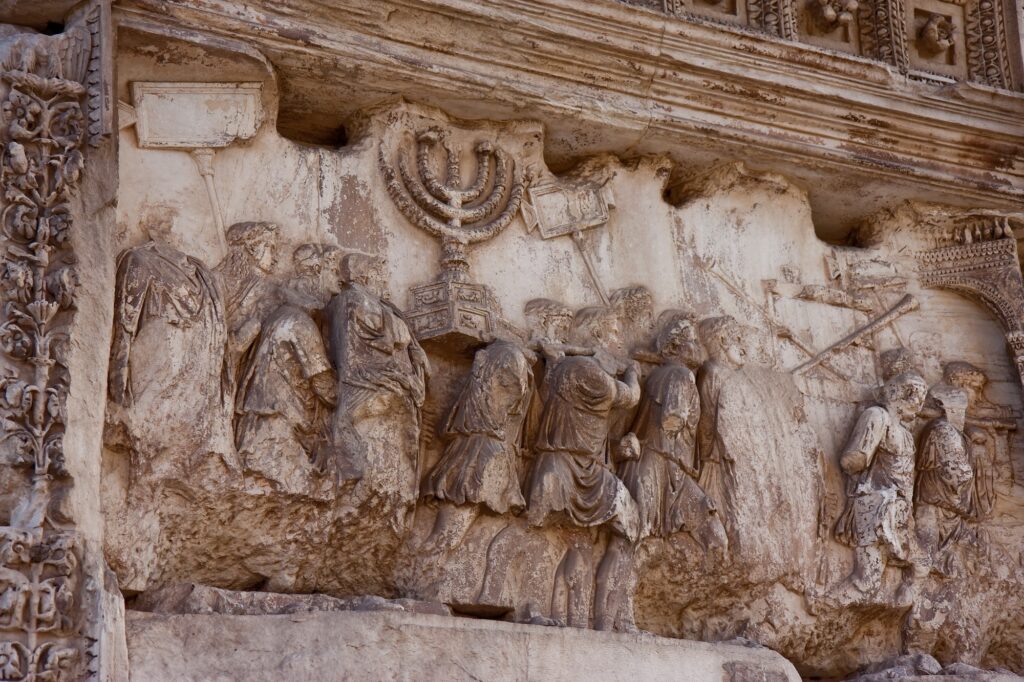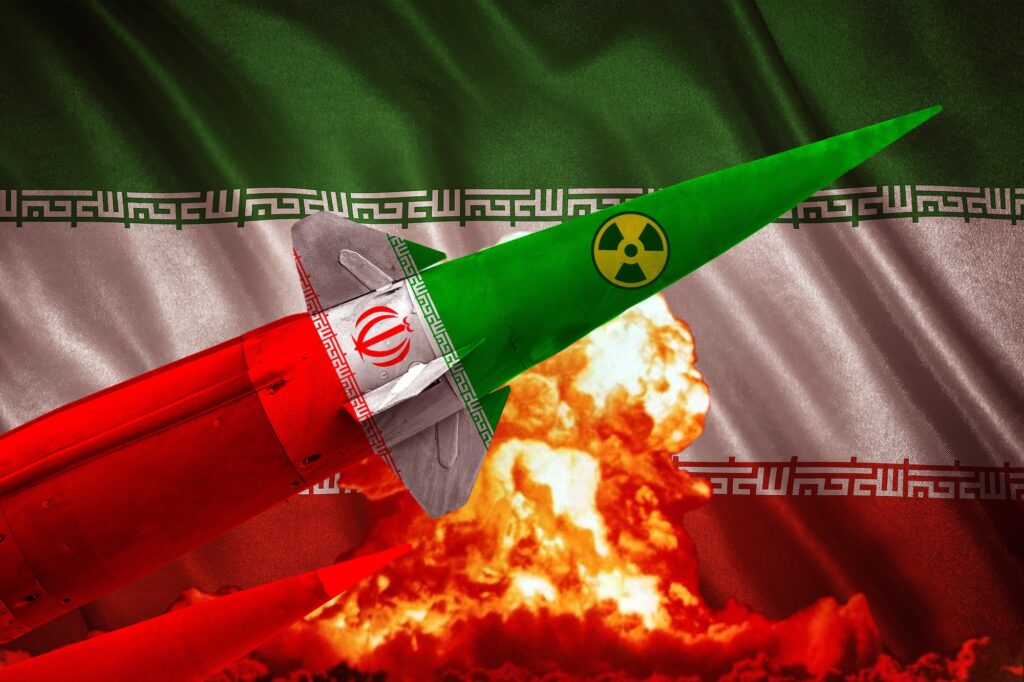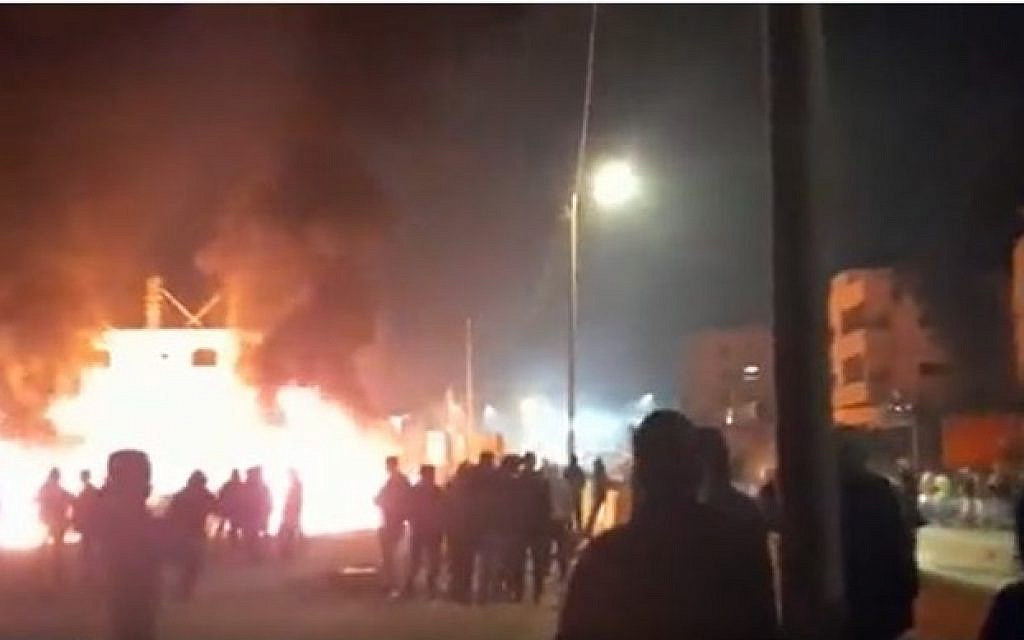UPDATES
Reporters only hearing one side of the story?
December 21, 2012 | Ahron Shapiro

Why do news reporters often get their reporting about Israeli-Palestinian issues so badly wrong?
A new wrinkle to the controversy surrounding Israel’s decision to approve housing projects in Jerusalem suburbs and east Jerusalem neighbourhoods (following up on my earlier blog posts on the subject on December 4 and December 11) suggests one answer.
In a blog post dated December 18 published on the Council on Foreign Relations website, Former US Deputy National Security Advisor and current CFR contributor Elliott Abrams has blasted the New York Times‘ Jerusalem Bureau Chief Jodi Rudoren for biased reporting, and gives his view on why she got her story wrong.
As reported in my Dec. 11 post, the Times was recently forced to issue a major correction for a story filed by Rudoren on E1, the new neighbourhood for Jerusalem’s eastern suburb Ma’ale Adumim.
Abrams wrote that the Times‘ correction was watered down and skirted around the real issue.
A more honest correction would have said this: “The Times reported, not as opinion but as fact in a news story, that the new construction being planned by Israel would cut Ramallah and Bethlehem off from Jerusalem, divide the West Bank in two, and make a contiguous Palestinian state impossible. None of those assertions was true, so we have to withdraw all of them.”
Abrams, giving his view about how Rudoren could have mangled the story when her factual errors could be proven by merely looking at a map, wrote that he believed she had surrounded herself with like-minded thinkers, “the rough Israeli equivalent of the Upper West Side of Manhattan”, and failed to seek out input from those from other political viewpoints.
Here’s my theory: that just about everyone she knows-all her friends-believe these things, indeed know that they are true. Settlements are bad, the right-wing Israeli government is bad, new construction makes peace impossible and cuts the West Bank in half and destroys contiguity and means a Palestinian state is impossible. They just know it, it’s obvious, so why would you have to refer to a map, or talk to people who would tell you it’s all wrong?
In an email to the website Politico reported the following day, Rudoren took umbrage at Abrams’ criticism, and also took the opportunity to double down on the assertion she made in the article that building in E1 would prevent contiguity in the West Bank (introducing only the new qualifier “meaningful contiguity”).
She also cavalierly claimed that Israel knows her allegations are true.
“The Israelis also understand [E1 would prevent meaningful contiguity]; it’s precisely why this area was chosen at this time,” Rudoren wrote.
Yet Rudoren does not appear to consider any other reason for why the area was chosen other than preventing “meaningful contiguity”. She did not, for example, consider the possibility Israel chose to announce planning at E1 because it was a particularly contentious area between Israelis and Palestinians in negotiations.
While similar-sounding, there is a world of difference between those two explanations – the first, which Rodoren once more put forth again as fact, operates on the presumption that Israel’s objective in all this is to somehow maliciously render a two-state outcome “practically impossible”.
The second, equally plausible explanation creates an entirely different scenario, whereby Israel is merely responding to a unilateral move by the Palestinians – namely the November 29 UN upgrade vote – with a unilateral move of Israel’s own – a warning shot that says that Israel is prepared to consider building in a contentious area in spite of Palestinian pressure, and that unilateralism can be costly to Palestinians as well as Israel.
Rudoren’s full response to Politico:
It’s not correct that most of the people I associate with have a left wing perspective, or any particular perspective. In fact I have been widely praised for speaking to a broad variety of people for my stories.
The essence of what our E1 story said was correct: that building there is seen by Palestinians, peace advocates and diplomats worldwide as the death knell of the two state solution, because it prevents meaningful contiguity in the West Bank and easy access to the heart of East Jerusalem. (The Israelis also understand this; it’s precisely why this area was chosen at this time.)
On deadline, late at night and at the end of a very long couple of weeks, I used imprecise language and, yes, did not study the map carefully enough. I deeply regret that, but it does not betray any agenda or anything about who I know or consult in my reporting.
Rudoren’s apparent reluctance to report on the settlements issue without colouring it with her personal interpretations – a malady, it should be noted, that affects a great number of her colleagues, including some Australian correspondents – suggests that she has failed to identify the root of her problem and that we have not likely seen the last of the corrections the Times may have to issue for Rudoren’s reporting.
Ahron Shapiro
Tags: Media/ Academia





